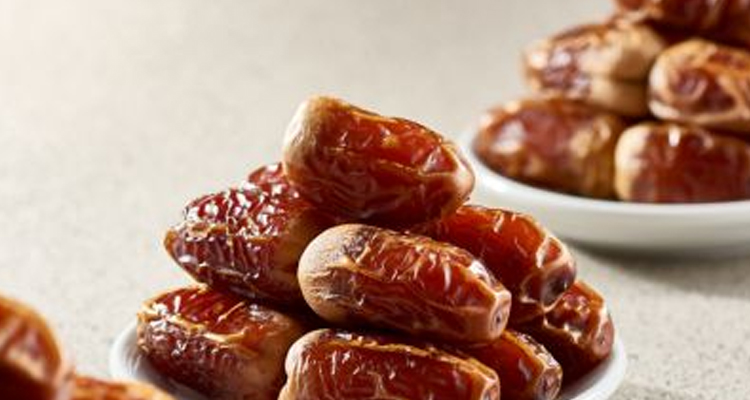Date Palm Leaves Analysis

Mazafati Date palm, scientifically called “Phoenix dactylifera”, belonged to palm family (Arecaceae). It is cultivated for the sweet edible fruits. The date palm has been prized from remotest antiquity and may have originated in the regions now in Iraq. The date palm leaves are commonly known as date palm fronds Date pedicels, and date palm flower cluster.
These leaves and their petioles are used to nourish livestock. They are used usually as a corresponding feeding source by the dwellers of the oasis. A date palm tree can generate compound leaves of fern, palm or cycad of 13.5-20 kg of dry fronds yearly. Given that 1.15 million palm trees were planted with and assuming an average thickness of 100-125 trees/ha, it is estimated that 1.9-2.4 million tons of dry fronds are available each year.
Date Pedicels
Date pedicels are the small stems attached to the fruits to the primary stalk of the bunch. Some dates are sold in branch, on the pedicels, others are sold separately taking away off the branches. The useless pedicels are then used as animal feeding in the same manner like straw.
After the annual pruning the date palm leaves are found in the farm.
The harvesting of palm leaves
Date palm leaves can be harvested till aging and chopped up to 2-5 cm length before being fed to animals. The coarse midrib and the frond base has to be removed. It is possible to make leaf silage after chopping the fronds and then mix them, adding urea, or with urea and a carbohydrate-rich material
Date Pedicels
The protein content in the pedicels is low and decreases with the passage of time. Pedicels when chopped to 2-5 cm length charged with urea obtained a higher nitrogen content which remains stable at the time of storage. Urea-treated pedicels can be stored for a year under black plastic sheets or a combination of clay and chopped straw.
Environmental impact
There is a long tradition of using cull dates and date palm leaves as well as date pits to feed animals, and the crop remains serve as raw materials to make building materials domestic items furniture and building materials.
